As we use this Veterans Day weekend to honor those who have served in the armed services, we also wanted to recognize that many small businesses have benefitted from being located near the bases and installations where active duty service personnel — and veterans — live.
Throughout the United States, veterans and active-duty military personnel play a key role in stimulating local economies. Based on population growth, per-capita personal income and gross domestic product (GDP), Sparefoot.com has conducted a study with the help of the U.S. Bureau Of Economic Analysis that ranks the top 10 fastest-growing military towns in America.
These towns’ economies are supported by those who serve in the military and as a result are presenting viable growth opportunities for new and existing small businesses. Take note: If you want your small business to succeed, it is worthwhile to consider the local men and women of the armed forces and how you can earn their business!
1. Elizabethtown, Ky.
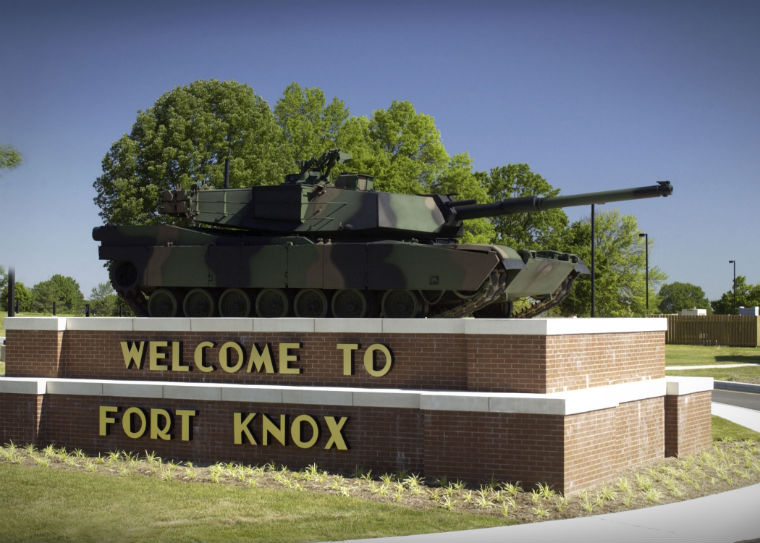
(Photo: via wikimedia commons)
Elizabethtown is 30 minutes from Fort Knox and home to the new Army Human Resource Center of Excellence, the army’s HR headquarters and the second-largest military building in America after the Pentagon.
- Average annual growth in per-capita military GDP: 17.00 percent
- Average annual growth in per-capita non-military GDP: 6.33 percent
- Average annual population growth: 2.74 percent
- Average annual per-capita income growth: 3.51 percent
2. El Paso, Texas
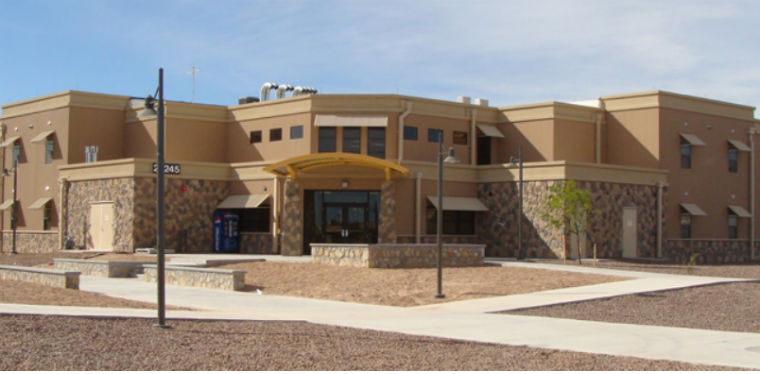
(Photo: via claytonbuildingsolutions.com)
With the combination of the Army’s Fort Bliss and the William Beaumont Army Medical Center, El Paso currently receives an estimated $6 billion-dollar economic impact from the armed forces. Since 2001 the military’s portion of El Paso’s overall GDP as more than doubled.
- Average annual growth in per-capita military GDP: 14.98 percent
- Average annual growth in per-capita non-military GDP: 0.76 percent
- Average annual population growth: 2.14 percent
- Average annual per-capita income growth: 1.94 percent
3. Hinesville, Ga.

(Photo: via Defense.gov)
Reliant on the Army’s Fort Stewart and the more distant Hunter Army Airfield, more than half of Hinesville’s GDP comes from the military.
- Average annual growth in per-capita military GDP: 8.91 percent
- Average annual growth in per-capita non-military GDP: 4.57 percent
- Average annual population growth: -0.07 percent
- Average annual per-capita income growth: 0.80 percent
4. Colorado Springs, Colo.
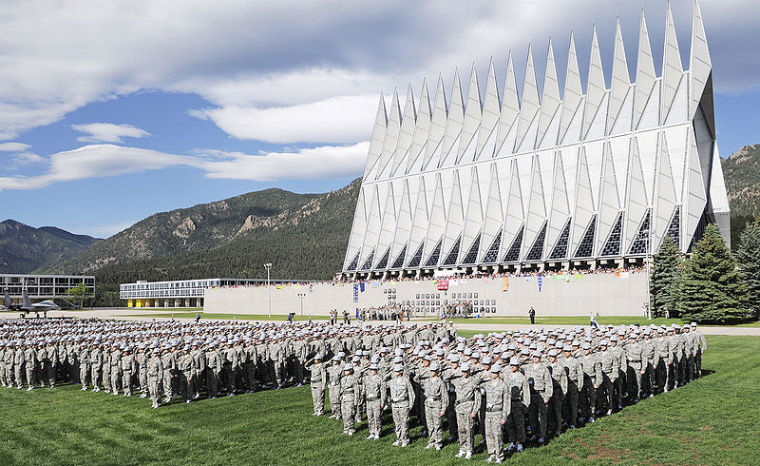
(Photo: via wikimedia commons)
It’s no surprise that most of the economic growth in Colorado Springs is due to the military. The town’s largest employer and military base is Fort Carson, but it is also home to the U.S. Air Force Academy, Peterson Air Force Base, Schriever Air Force Base and the Cheyenne Mountain Air Station.
- Average annual growth in per-capita military GDP: 7.86 percent
- Average annual growth in per-capita non-military GDP: 0.37 percent
- Average annual population growth: 2.30 percent
- Average annual per-capita income growth: 1.56 percent
5. Clarksville, Tenn.

(Photo: via wikimedia commons)
Although the Fort Campbell post address is in Kentucky, most of the base is located in Tennessee. This makes Clarksville the only military town whose economic growth comes from another state.
- Average annual growth in per-capita military GDP: 4.61 percent
- Average annual growth in per-capita non-military GDP: 3.78 percent
- Average annual population growth: 1.46 percent
- Average annual per-capita income growth: 2.77 percent
6. San Angelo, Texas
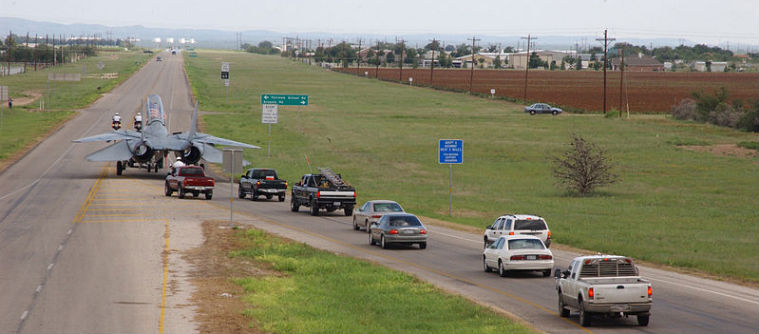
(Photo: via wikimedia commons)
Though the military’s impact on San Angelo’s economy has diminished in recent years, Goodfellow Air Force Base, mostly used for training cadets, is still the largest employer in the town.
- Average annual growth in per-capita military GDP: 5.96 percent
- Average annual growth in per-capita non-military GDP: 1.10 percent
- Average annual population growth: 1.34 percent
- Average annual per-capita income growth: 2.47 percent
7. Sumter, S.C.
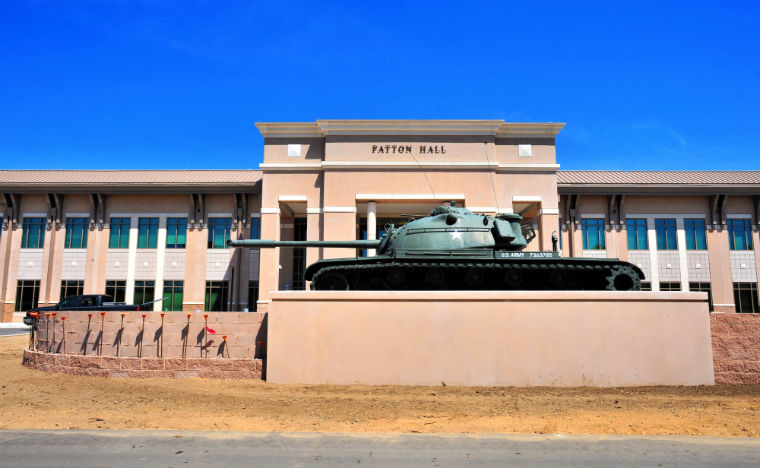
(Photo: via wikimedia commons)
The Shaw Air Force Base is home to the nation’s largest combat-ready F-16. It is also responsible for Sumter’s significant economic growth over the past decade.
- Average annual growth in per-capita military GDP: 7.03 percent
- Average annual growth in per-capita non-military GDP: 1.20 percent
- Average annual population growth: 0.21 percent
- Average annual per-capita income growth: -0.34 percent
8. Columbus, Ga.
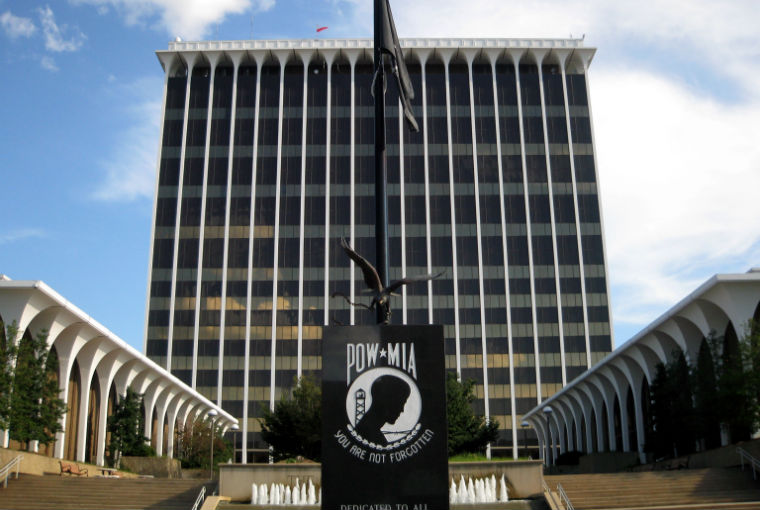
(Photo: via wikimedia commons)
Recently, Colombus has become Georgia’s second largest city. This is in part due to the economic boost from Fort Benning and the Maneuver Center of Excellence. Between 2009 and 2011, the GDP rose 4 percent solely due to the military.
- Average annual growth in per-capita military GDP: 4.07 percent
- Average annual growth in per-capita non-military GDP: 0.00 percent
- Average annual population growth: 1.44 percent
- Average annual per-capita income growth: 2.10 percent
9. Rapid City, S.D.
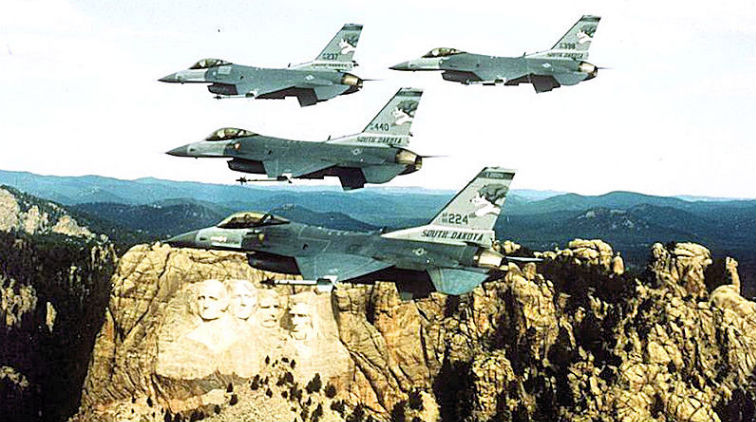
(Photo: via wikimedia commons)
Close to Mount Rushmore and the Crazy Horse Memorial, Rapid City is its state’s second-largest city. Its military presence comes from local Ellsworth Air Force Base and the National Guard Camp Rapid.
- Average annual growth in per-capita military GDP: 2.55 percent
- Average annual growth in per-capita non-military GDP: 1.08 percent
- Average annual population growth: 1.27 percent
- Average annual per-capita income growth: 3.69 percent
10. Hanford-Corcoran, Calif.
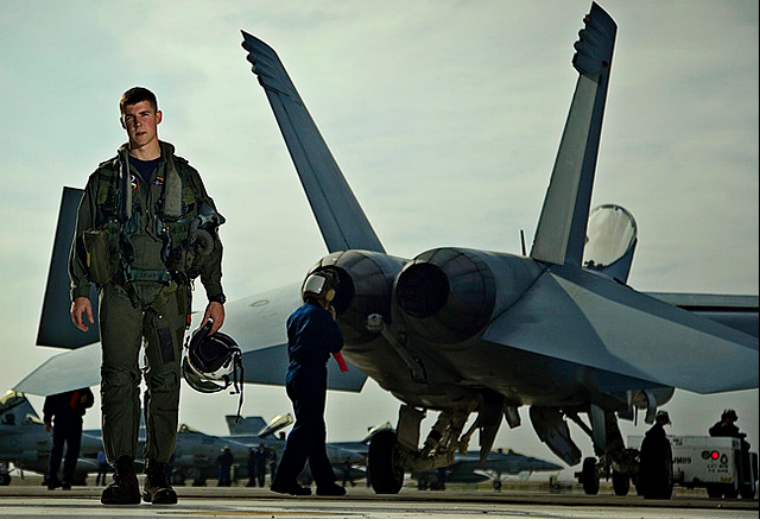
(Photo: on Flickr via Tom Roche)
Hanford-Corcorcan is located to one of the nation’s most inland naval bases, Naval Air Station Lemoore. Located two hours drive from the Pacific coast, NAS Lemoore is one of the navy’s master jet bases. It hosts most of the Navy’s high-profile fighter planes such as Hornets and Super Hornets.
- Average annual growth in per-capita military GDP: 1.04 percent
- Average annual growth in per-capita non-military GDP: 1.79 percent
- Average annual population growth: 0.49 percent
- Average annual per-capita income growth: 6.48 percent
(Featured photo: via wikimedia commons)
